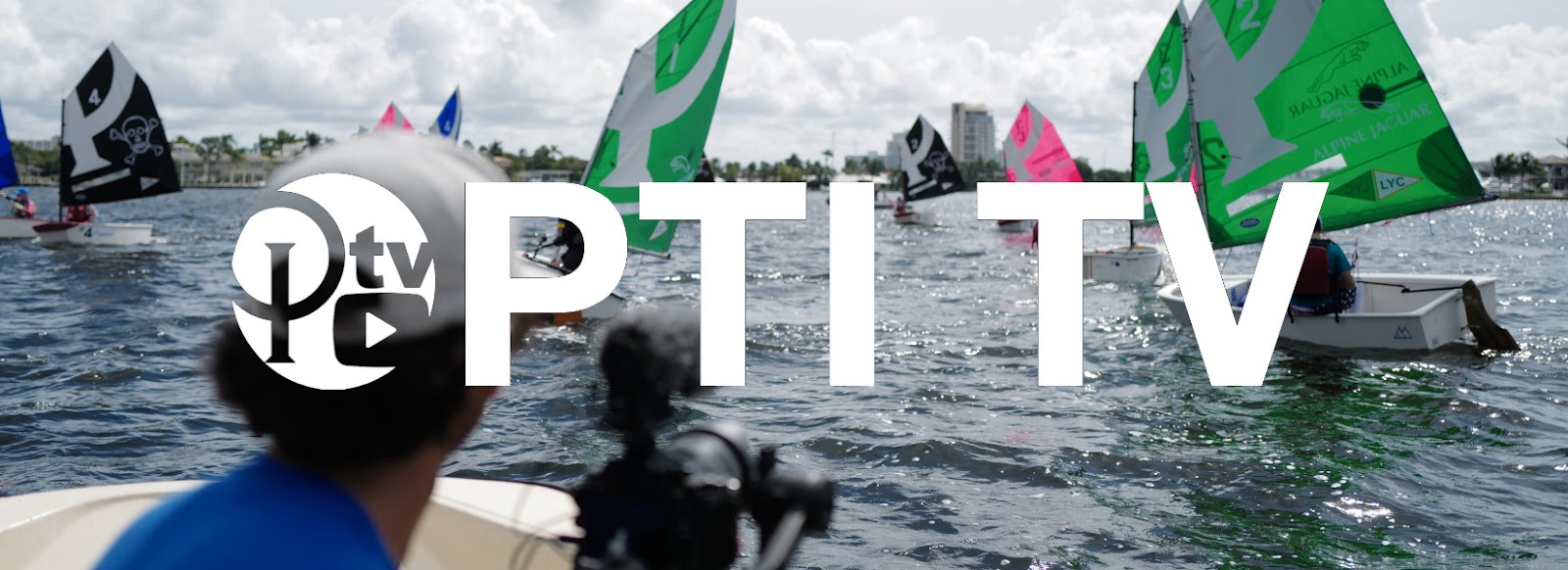When It Comes To Safety Knives, Less Is More
The Spyderco Atlantic Salt Knife
 |
| The Spyderco Atlantic Salt |
For our 2nd ever review we figured we'd pull out our favorite safety knife, the Spyderco Atlantic Salt in Yellow. This thing has been around for some years now, and we've owned one for 3 years already, but we feel like it does not get the attention it deserves because it is definitely is worth taking a look at as a choice for safety knife in your kit.
From the spyderco website:
It's been speculated the sheepfoot shaped blade originated with mariners who found the rounded tip especially beneficial when the knife was accidentally dropped (think working on a ship in pitching seas) as it couldn't stab the foot when hitting the deck. It's also been hypothesized that commanding officers on these ships preferred rambunctious hardworking sailors carry knives without pointed tips, especially while in port blowing off steam after months at sea.Spyderco's Rescue knives are long favored by seafarers and the design has since been embraced by rescue workers, EMT's and ranchers-anyone cutting around flesh in an emergency. Now available in a rustproof version, the Atlantic Salt is a modified Rescue made with state of the art non-rusting H1 steel. The hollow-ground blade is available in SpyderEdge offering remarkable cutting performance in and around fresh and saltwater. The molded FRN handle includes a shackle key and is available in black or bright yellow and features a reversible black-coated titanium pocket clip for tip-up carry on either the left or right side. We recommend threading a thong or lanyard cord through the lanyard hole for back-up retention around water, where once dropped, a knife is often irretrievable or lost.
Features:
- Serrated-blade
- One Handed Opening
- Locking lever preventing accidental closure
- Shackle key
- Spyderco H1 Steel
- Removable Belt Clip
- Lanyard Hole
The yellow color makes it very visible, even underwater, and the handle is made of FRN - a reinforced plastic material that is extremely tough - meaning it wont get scratched or chipped easily. We've noticed that whenever the knife has fallen onto the deck of our coachboats it doesn't slip around, thanks to the textured grip and the boat's nonskid.

Specs:
- Overall Length: 8.25"/210 mm
- Closed Length: 4.625"/117 mm
- Blade Length: 3.687"/94 mm
- Weight: 2.75 oz/77g
- Handle: FRN
- Steel: H1
Spyderco H1 Steel: The Most Rust-Proof Steel We've Ever Seen
 |
| Developed in Japan |
This H1 Steel from Spyderco is the most rust resistant, rust proof steel we've ever seen. Seriously. We've owned and tested many knives and the picture you're seeing above is taken right after the knife was sitting, closed, in a bag for 2 months since the COVID-19 pandemic broke out. That's all the rust we found! All we have done is rinse the knife off in fresh water after getting it wet, and that's our maintenance. It's seriously awesome!
We Put It To The Test
But - how sharp is it? Well, we put it to the test - we gathered the typical ropes that you'd find in the opti world
- dyneema
- vectran
- polyester
- cored line
- uncored line
- 1.5 to 7 mm line
And here's the results: any line larger than 4 mm it took a couple of passes to cut through but none required much exertion. This knife is sharp! Anything smaller than 4 mm this knife passes through like it wasn't even there.
Final Thoughts
So we've owned the Spyderco Atlantic Salt for a few years now and love how rust-proof it is, the handle size and ease of use.A big downside to the knife is the inherent drawback of serrated knives, which is that they are harder to sharpen. However, they retain their edge longer as the edge does not sit and chip itself on objects, and can rip through rope just like a straight edge knife.
The blade is purpose built, and will take some getting used to if you are a fan of drop points. It’s a hollow ground sheep-foots knife with a fully serrated edge after all. Remember, you are working around kids and if you drive a RHIB especially, you don't want to accidentally stab anything!
Consider the Salt Atlantic as your dedicated safety knife for those reasons, and if you're interested in picking one up you can find them below
On Amazon
Spyderco Website
(Disclaimer: We are participants in the Amazon Affiliate Program, whereby we earn a small commission on sales generated through our Amazon links, at no extra cost to you.)
On Amazon
Spyderco Website
(Disclaimer: We are participants in the Amazon Affiliate Program, whereby we earn a small commission on sales generated through our Amazon links, at no extra cost to you.)


Comments
Post a Comment